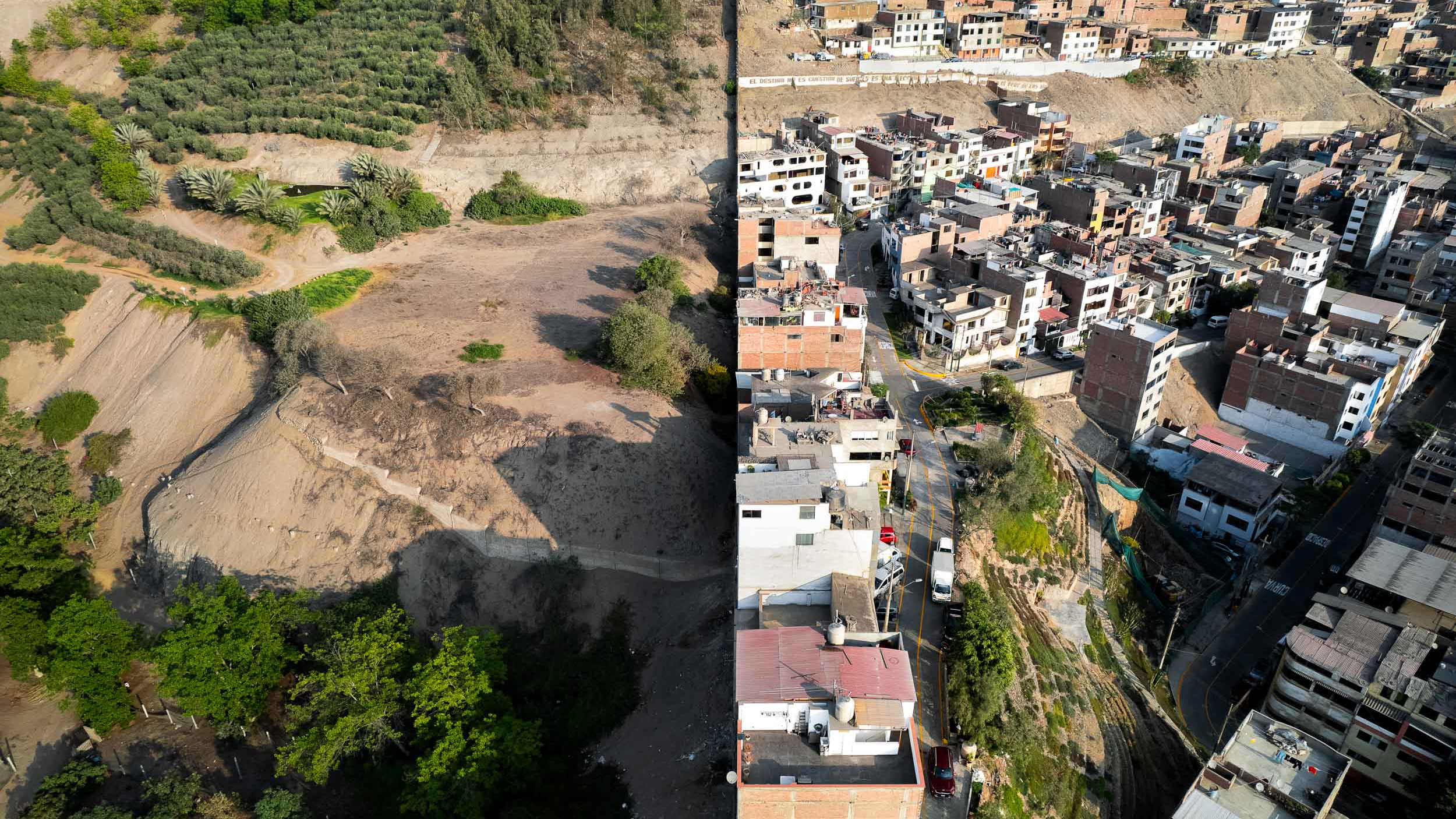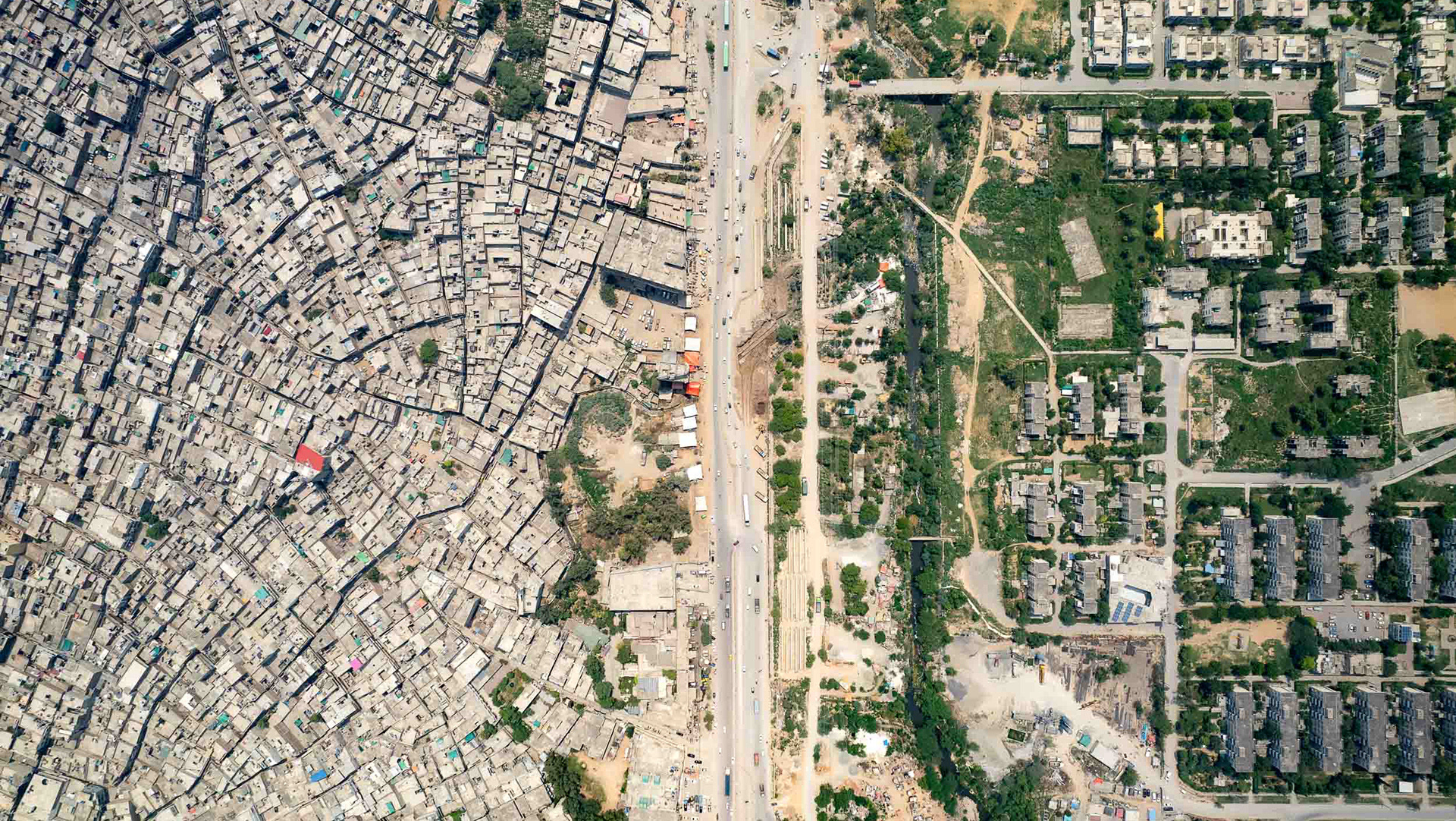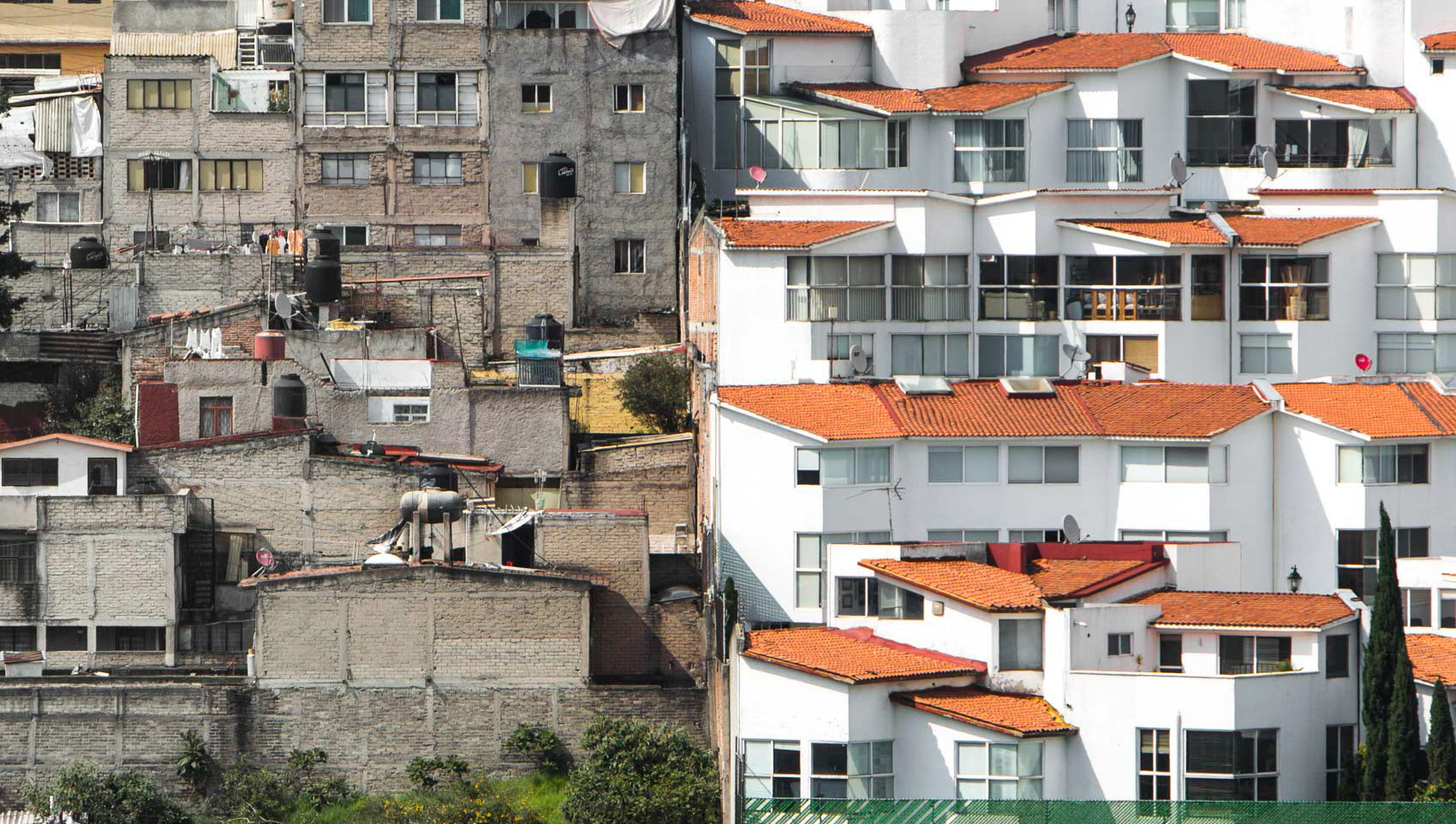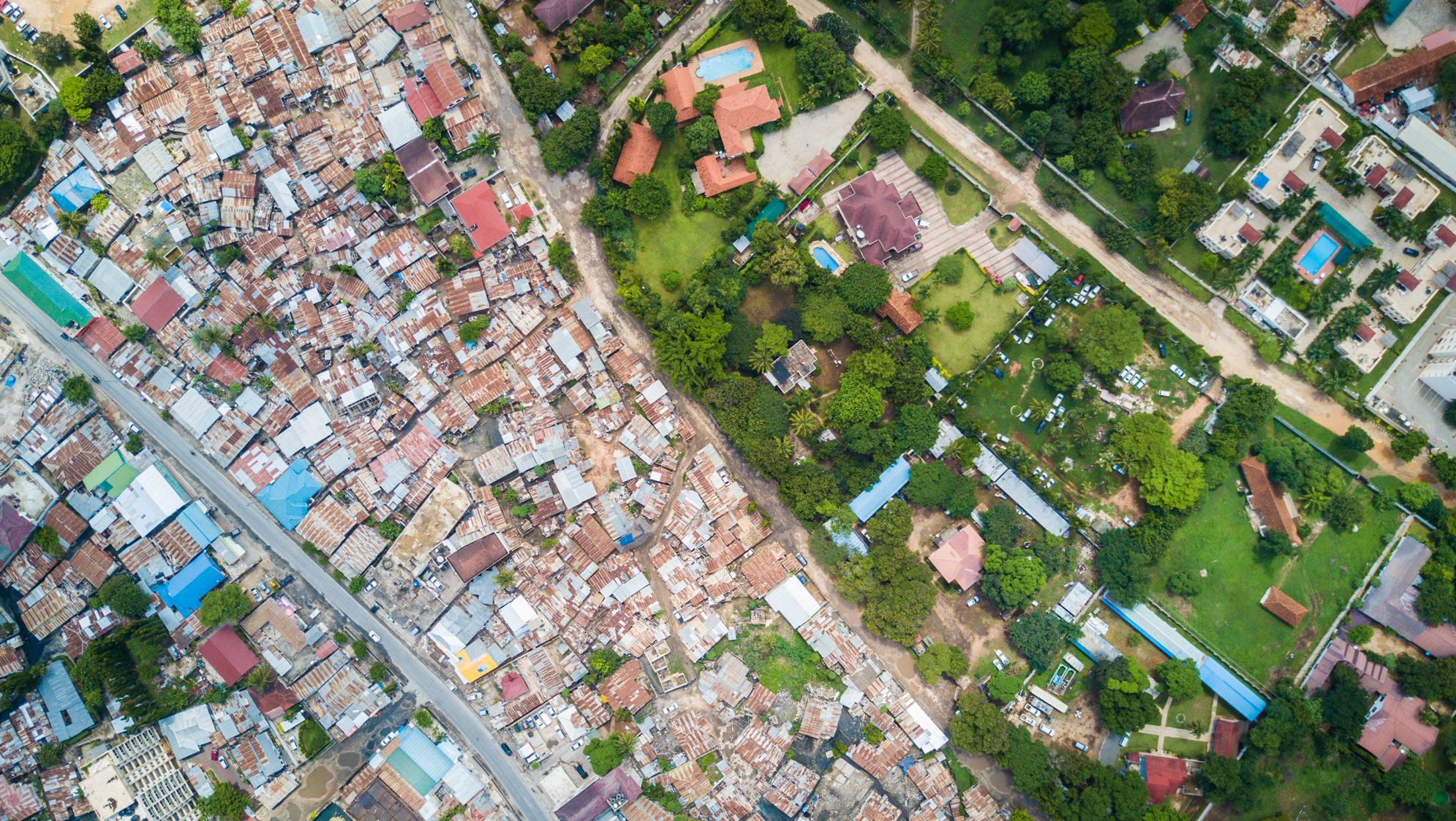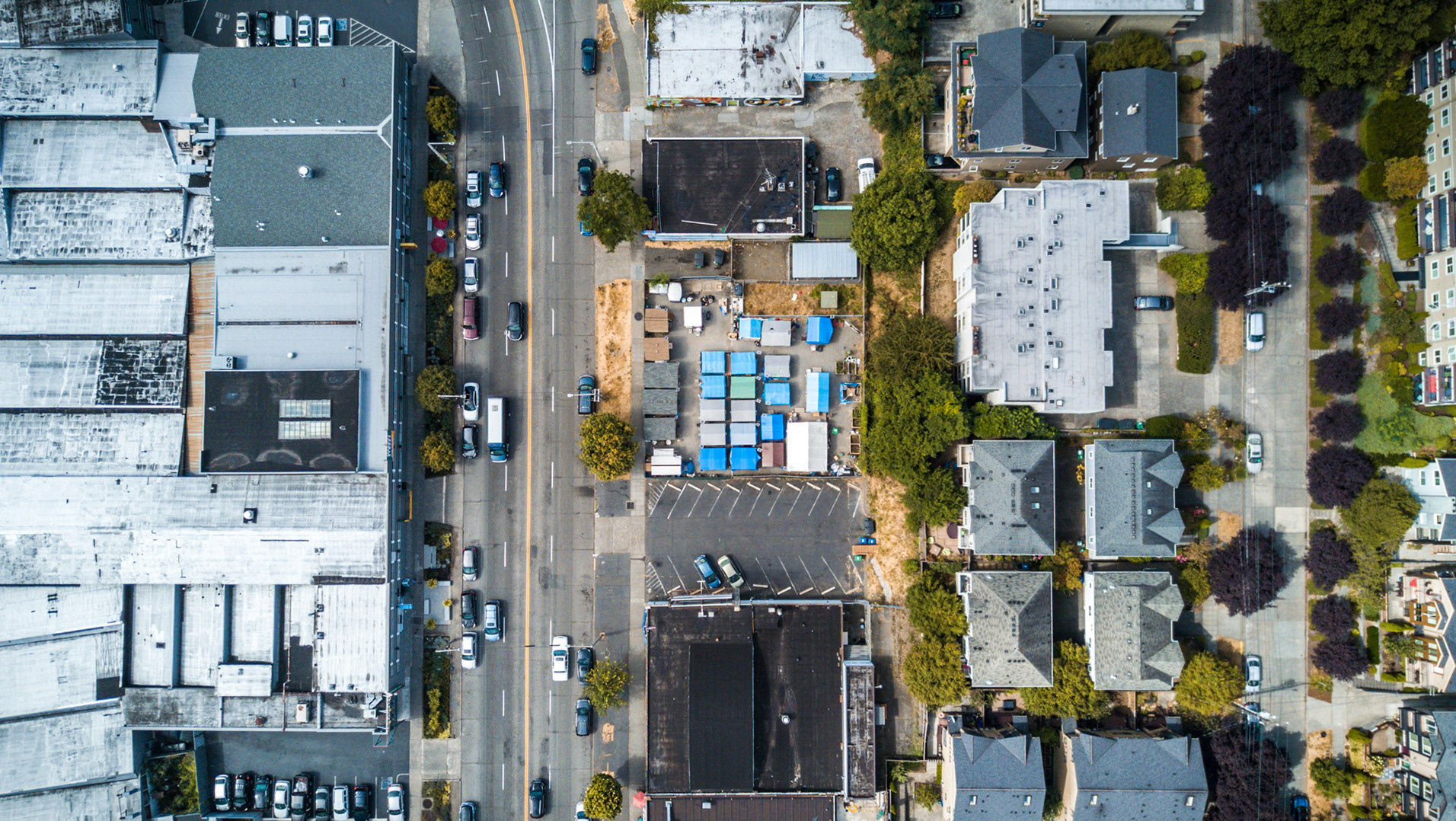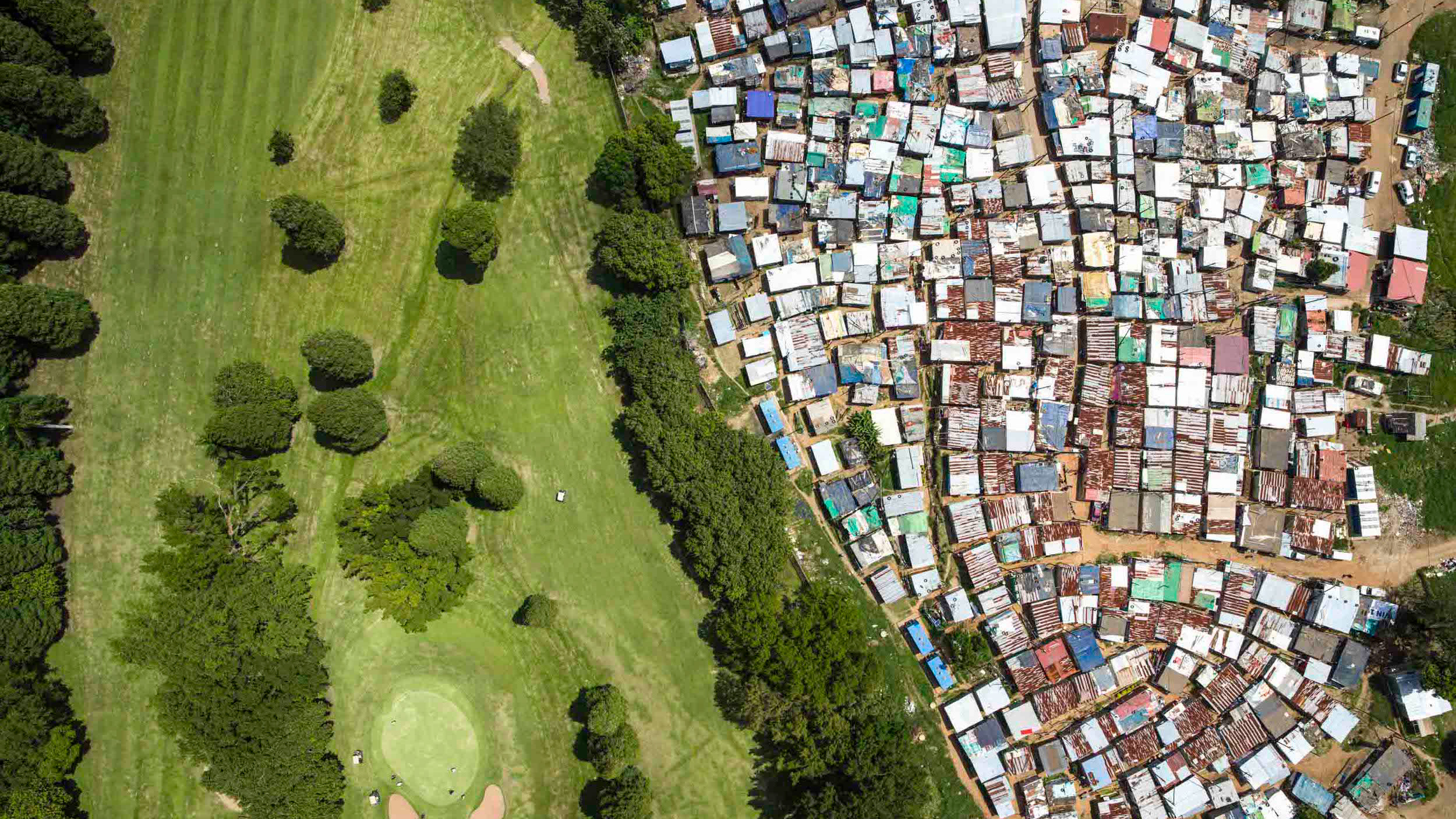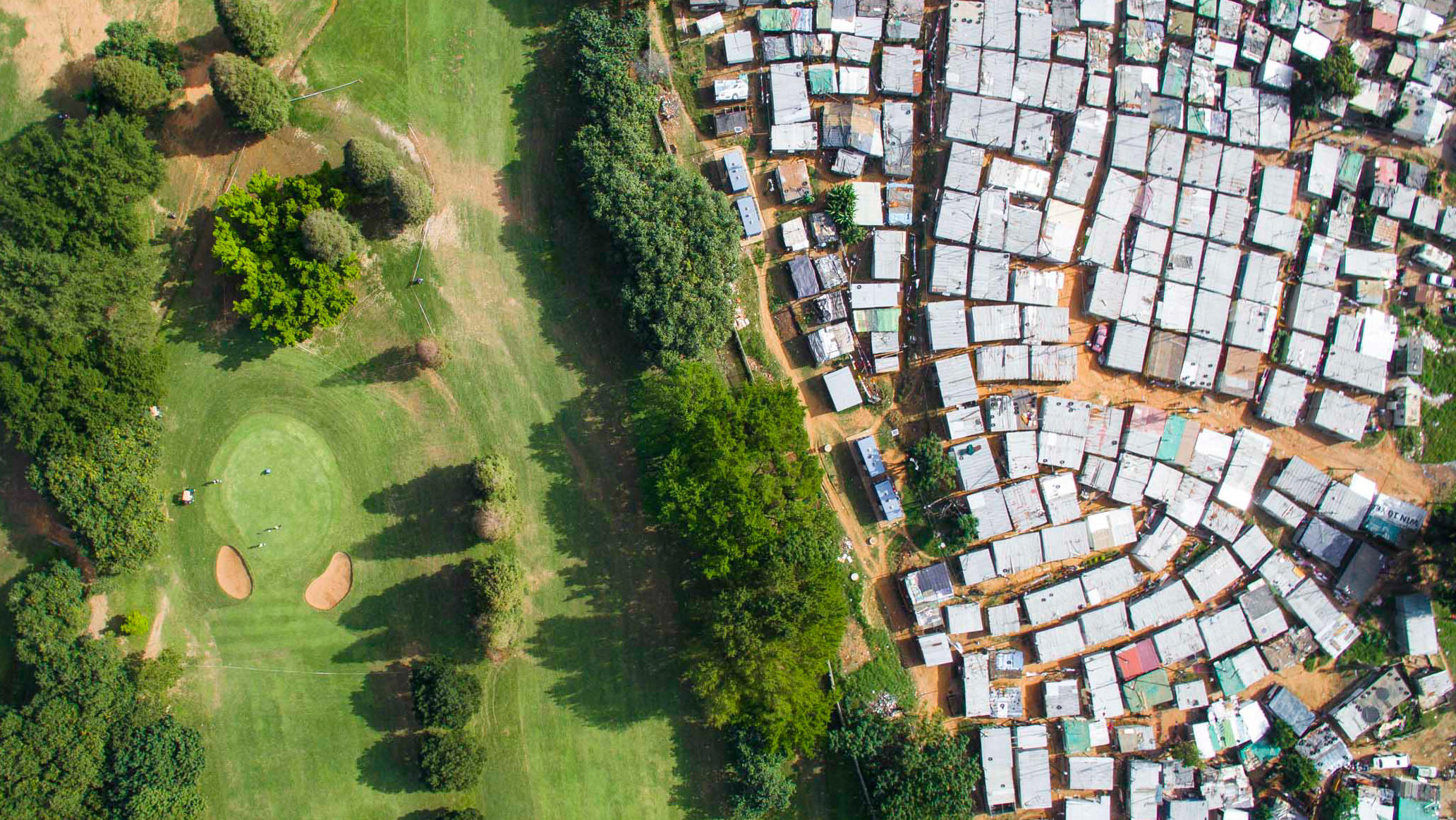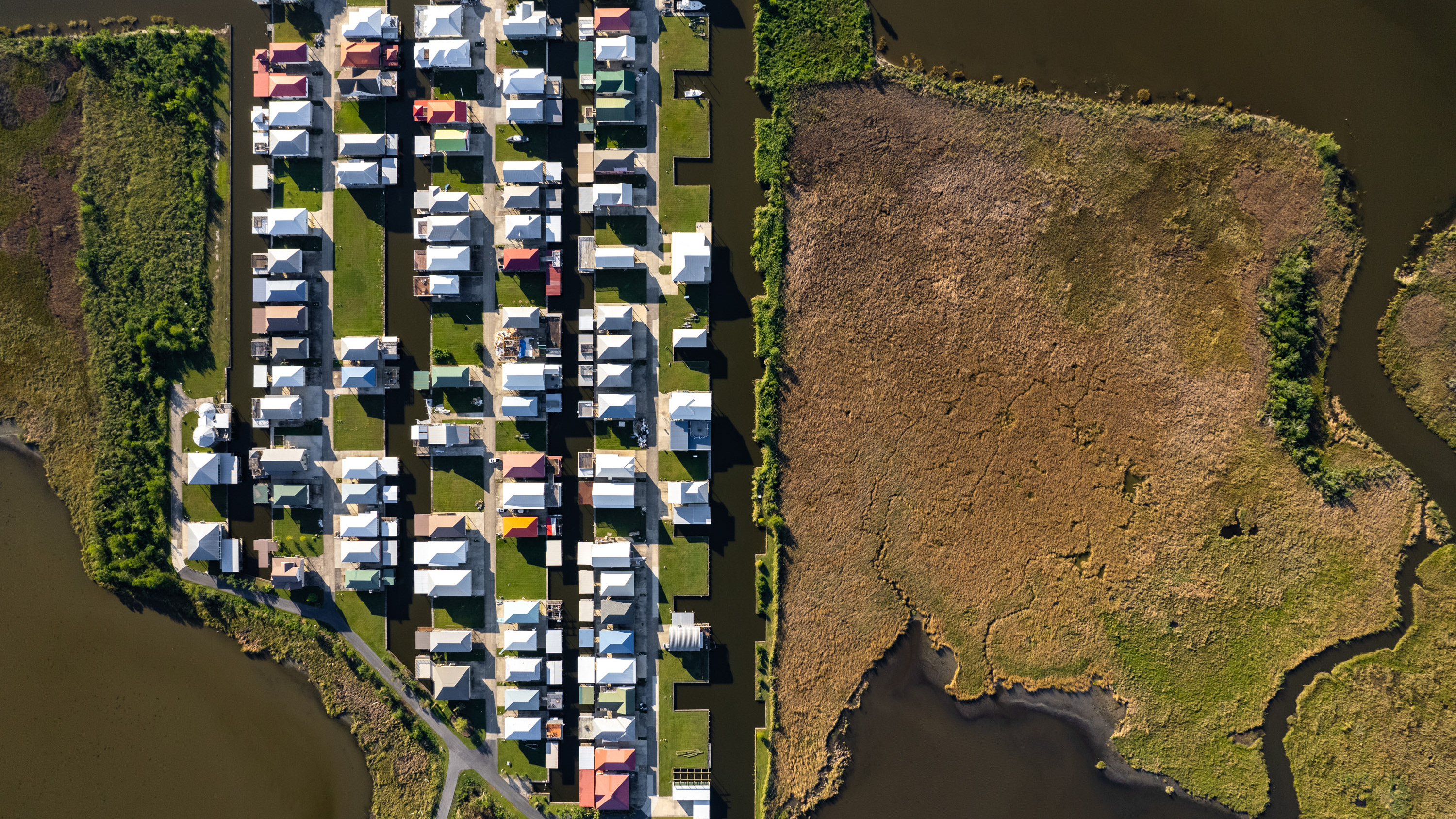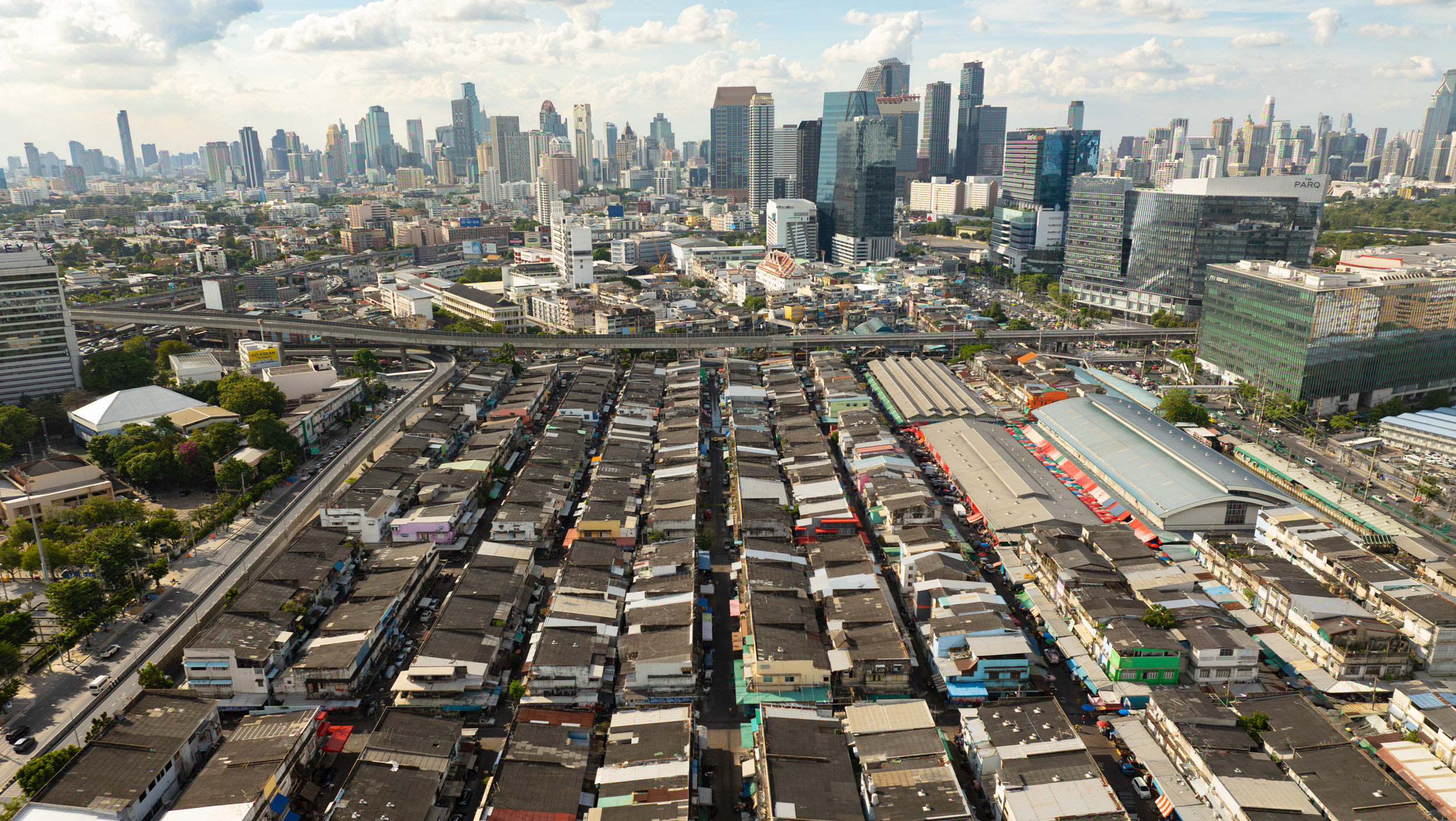Public housing projects in the Red Hook section of Brooklyn.
New York City’s public housing, managed by the New York City Housing Authority (NYCHA), reflects stark inequality in one of the world’s wealthiest cities. Home to nearly 400,000 residents, NYCHA developments often face chronic disrepair, with issues like mold, lead paint, broken elevators, and heating failures. These challenges highlight systemic neglect compared to luxury developments nearby. Public housing residents, primarily low-income and people of color, struggle with inadequate resources and limited opportunities. Meanwhile, gentrification pressures exacerbate the divide, showcasing a city where wealth and poverty exist side by side.
Central Park Tower - One of the new "super tall" skinny skyscrapers located on Billionaire's Row (W 57th St)
Wealth and privilege meet everyday life in midtown Manhattan.
A Ferrari parked in front of a luxury building in the Financial District, while recyclers search for aluminum cans discarded in the mounds of trash nearby.
Luxury apartment blocks catch the rising sunlight on Central Park East.
Old and new. Hudson Yards grows continuously behind classic multi-story Manhattan architecture.
Central Park Tower and other "skinny" super tall buildings benefit from what's known as "air rights". Developers can purchase the airspace above neighboring buildings, and then add it on top of theirs.
The Gowanus Canal is a name synonymous with pollution in America. Used for years as a dumping site for toxic chemicals, sludge, and even as a mafia graveyard, it has been extensively cleaned up since the 1970s. However, on certain days, when the tide and wind are just right, the riverbed releases toxic, smelly ooze to the surface.
I-95 runs underneath Bridge Apartments in Washington Heights. Constant traffic, noise, and pollution penetrate the massive apartment blocks housing over 4,000.
One Vanderbilt, a new supertall in midtown Manhattan.
Oakwood in Staten Island, where many homes were destroyed during Superstorm Sandy, is now a shell of itself. Some homeowners refuse to move.
Newtown Creek is the border between Brooklyn and Queens, and the site of the fourth-largest oil spill in US history. It's currently bounded by some of NYC's hottest developments.
Pubic beach ends at W 37th St in Coney Island, and the private development of Sea Gate begins. This gated community was the first in New York City.
Public housing projects in downtown Brooklyn stand in the shadows of supertall buildings, signifying the completion of gentrification in one of America’s most historic black neighborhoods. Because luxury real estate is such a reliable and under-taxed investment in New York City, it’s exceedingly rare for tall new buildings in gentrifying neighborhoods to rent or sell at rates that are affordable to those who live nearby.
Sea Gate, on the tip of Coney Island, is one of only a handful of private neighborhoods in the city. Neighbors have accused the privatized police force of heavy-handed policing and nepotism in the past. The neighborhood is 83% white, as compared to the rest of Coney Island which is overwhelmingly Black and Hispanic.
New developments in Long Island City.
New York City public housing.
Hudson Yards is a billion-dollar "smart city" promising revitalization and a lab for future civic tech in the heart of midtown.
Glittering apartment buildings and public housing in downtown Brooklyn.
The proud Bridge Apartments, on top of I-95 in Manhattan's Washington Heights neighborhood.
The Gowanus Expressway - part of a series of transportation projects Robert Moses rammed through diverse neighborhoods in the early 1960s.
The Cross-Bronx Expressway, another controversial Robert Moses project, was routed north of Crotona Park and through the Tremont neighborhood, severely disrupting the character of the largely Jewish society at the time. Respiratory illnesses along the Cross Bronx run much higher than the average and have added an extra challenge during COVID-19.
The Oculus, near the 9/11 memorial.
Astoria Houses, public housing overlooking the East River.
432 Park Avenue, the super tall with the penthouse (pictured here) currently listed for $169 million dollars.

